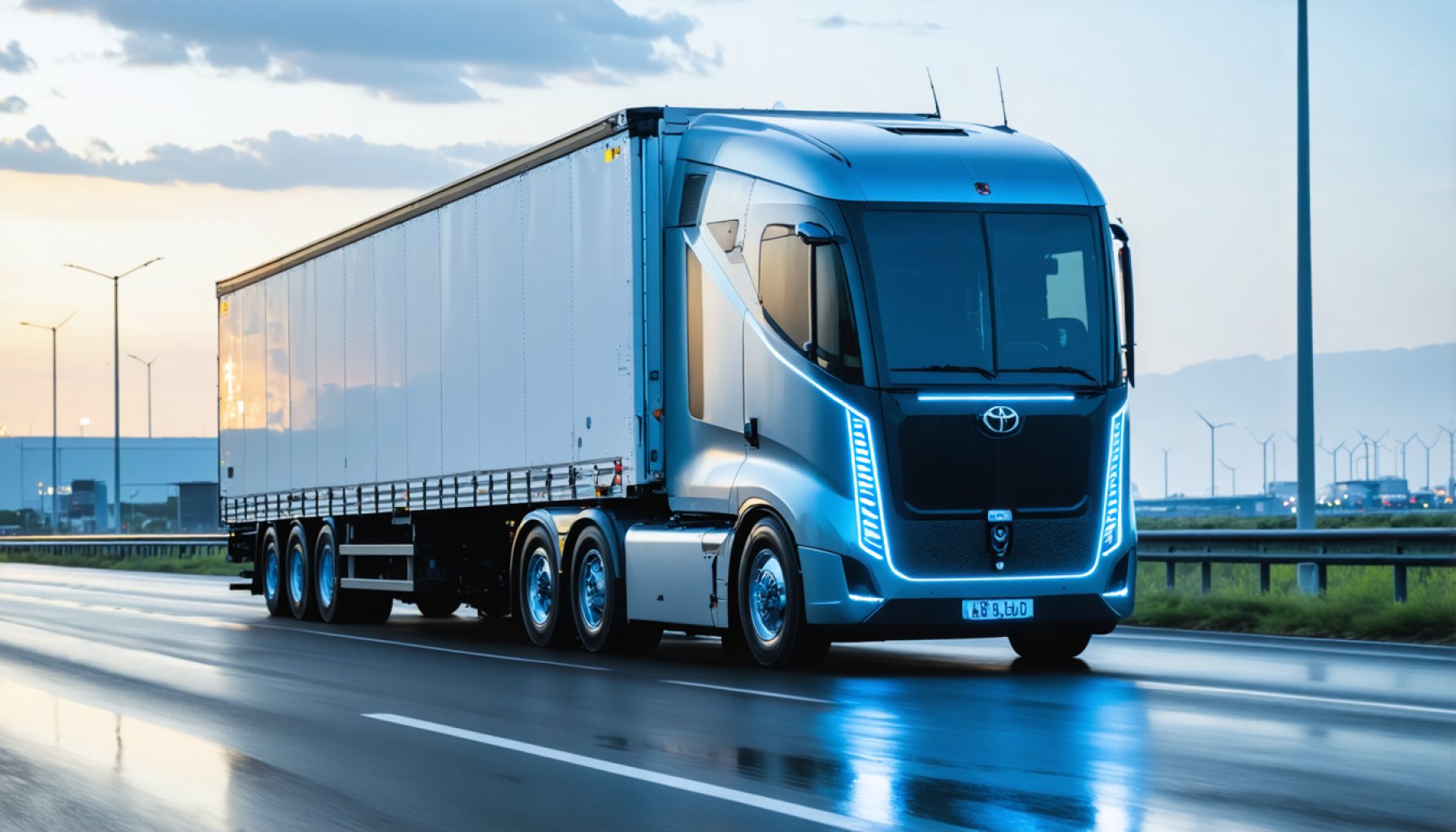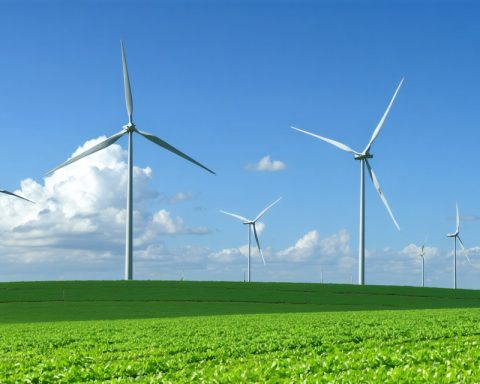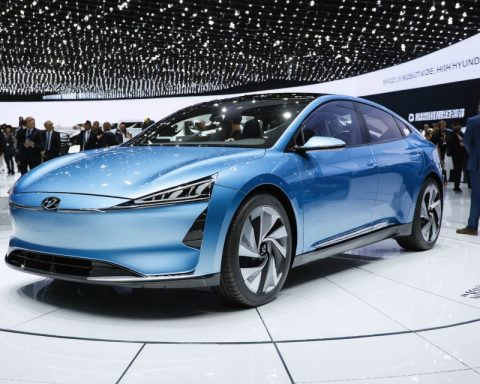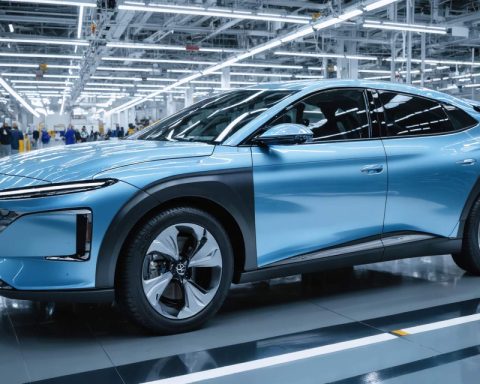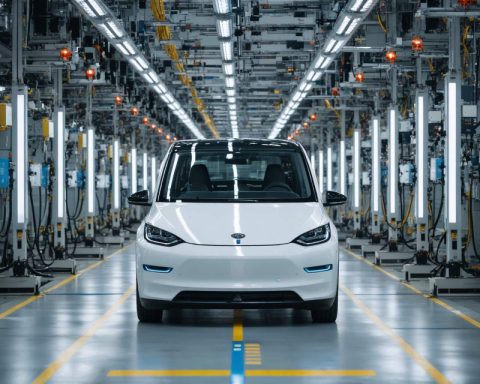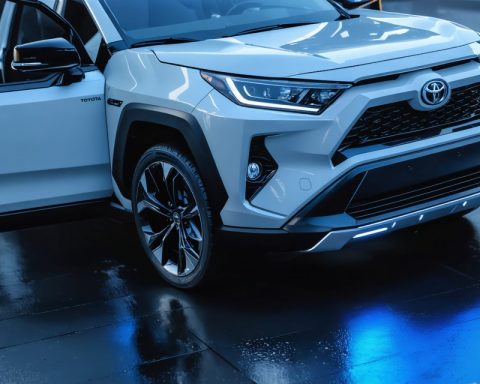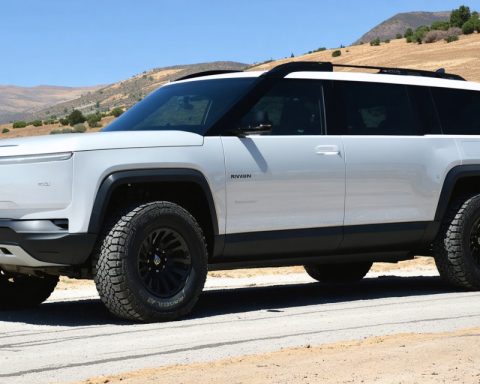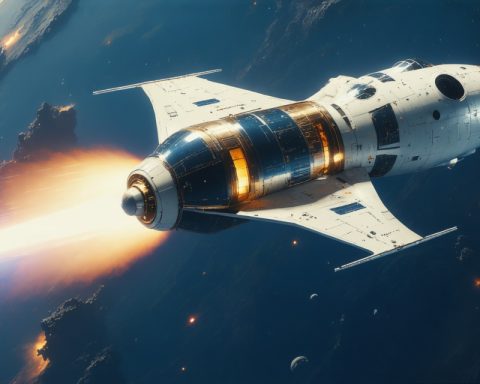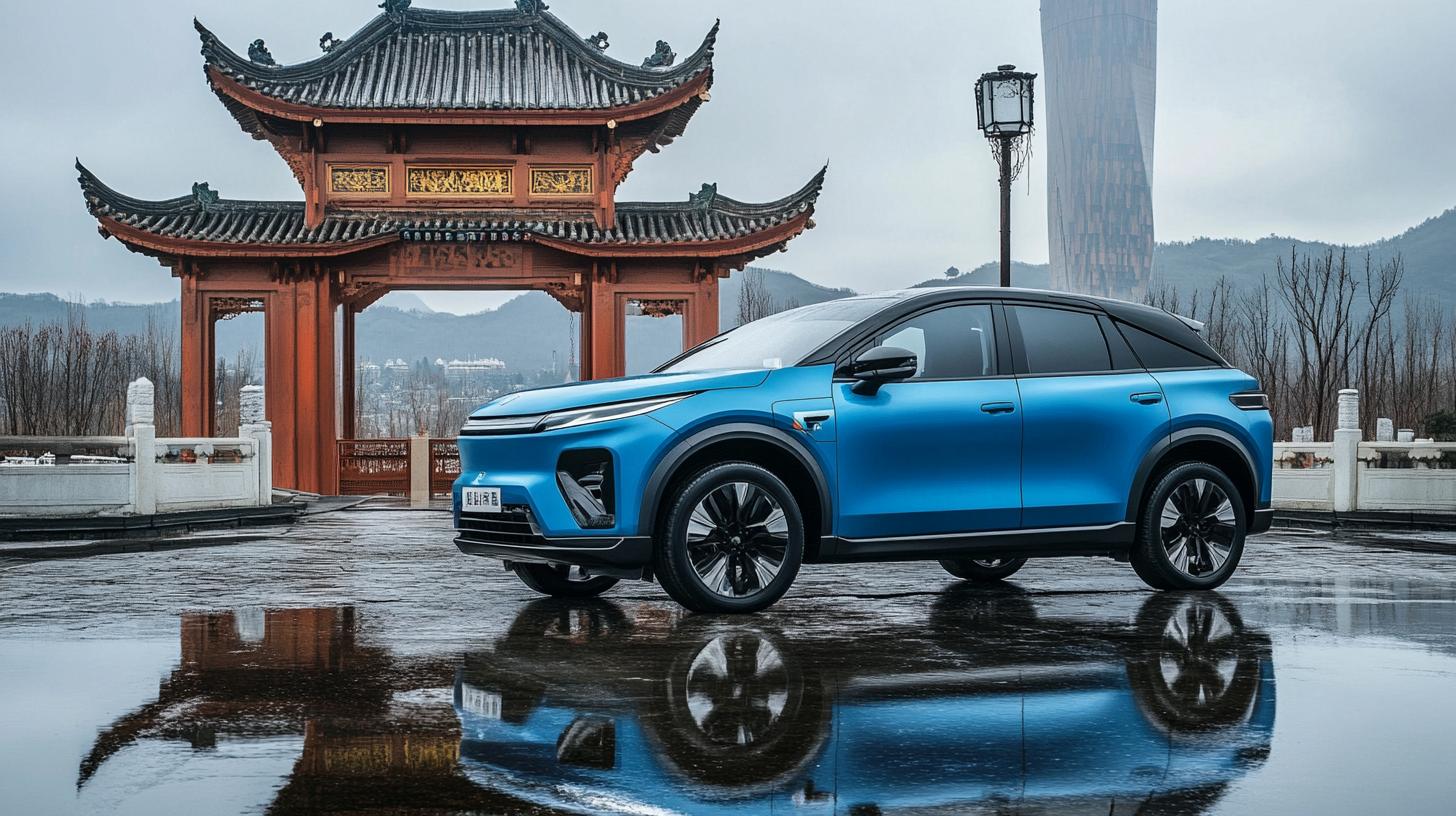- Fuel cell electric vehicles (FCEVs) represent the forefront of sustainable transportation in Japan, with significant deployments initiated by Hino, Toyota, and Asahi Group.
- Hydrogen-powered heavy-duty trucks in Toyota City showcase a future where vehicle refueling is as rapid as a pit stop, thanks to innovative twin hydrogen fueling openings.
- Challenges such as limited cargo space and high hydrogen costs remain, but the environmental benefits and operational efficiency are promising.
- The Shimoyama Plant in Miyoshi City exemplifies creative reuse, transforming waste into valuable products and finding innovative applications for excess hydrogen.
- This movement towards hydrogen technology highlights its potential to drive carbon neutrality and usher in a cleaner, greener future.
A technological symphony plays out on the streets of Japan as fuel cell electric vehicles (FCEVs) pave the way toward a hydrogen-fueled future. In a scene reminiscent of science fiction, gleaming heavy-duty trucks quietly hum along the roads of Toyota City in Aichi, marking a significant leap in sustainable transportation. This revolutionary change is the result of visionary partnerships between Hino, Toyota, and Asahi Group Japan. Five state-of-the-art trucks now embark on trials across the country.
Imagine a world where refueling a heavy-duty vehicle is as quick as a pit stop. This futuristic image edges closer to reality with the introduction of twin hydrogen fueling openings—an innovation ready to refuel trucks in half the time, slicing precious minutes off supply lines. Despite challenges like limited cargo space due to hydrogen tanks and the still-high price of hydrogen, these silent giants prove gentle both on Mother Earth and their long-haul drivers.
Inside the bustling Shimoyama Plant in Miyoshi City, the alchemy continues. Traditional waste is transformed into beauty and utility as leftover resin from tank production metamorphoses into marble-esque vases, while excess hydrogen finds new life firing up the plant’s machinery and even cooking devices. These byproducts, previously destined for disposal, now sparkle with renewed purpose through creative reuse and upcycling.
This narrative isn’t just an ode to the innovative power of hydrogen technology. It’s a clarion call for carbon neutrality, echoing through industries longing for sustainability. Explore the untapped potential in every drop of hydrogen fuel, a driver for change, marking the dawn of a cleaner, greener era.
Fuel Cell Electric Vehicles: Driving Into a Hydrogen-Powered Future in Japan
How-To Steps & Life Hacks
How to Refuel a Hydrogen Vehicle Efficiently:
1. Locate a Hydrogen Fuel Station: Use apps or maps specializing in hydrogen stations. Companies like Toyota often have stations located near major highways and urban centers.
2. Secure the Vehicle: Park your FCEV correctly at the designated spot. Ensure the car is turned off fully.
3. Connect the Nozzle: Properly attach the hydrogen fueling nozzle. It’s similar to traditional fueling but requires a precise fit.
4. Initiate Fueling: Start the pump—an average light-duty FCEV refuels in about 3-5 minutes.
5. Disconnect and Secure: Once the tank is full, carefully remove the nozzle and ensure the cap is sealed properly.
Quick Tip: Avoid refueling during peak hours to minimize wait times at popular stations.
Real-World Use Cases
1. Public Transportation: Cities like Tokyo and Hiroshima are exploring hydrogen-based buses to reduce urban pollution.
2. Freight Transport: FCEVs are gaining traction in logistics, providing clean alternatives for long-haul trucking.
3. Industrial Applications: Hydrogen is used in forklifts and other heavy machinery in enclosed environments, reducing exhaust and noise.
Market Forecasts & Industry Trends
The global fuel cell vehicle market is projected to grow significantly, with a CAGR of around 22.7% from 2021 to 2028 (Source: MarketWatch). The shift towards decarbonization is accelerating hydrogen adoption across sectors, as companies invest in infrastructure and technology.
Reviews & Comparisons
Toyota Mirai vs. Hyundai Nexo:
– Toyota Mirai: Renowned for its cutting-edge design and reliability, the Mirai offers a range of up to 402 miles.
– Hyundai Nexo: Prized for its spacious interior and range of around 380 miles.
Expert Opinion: Both vehicles provide excellent driving experiences with minimal emissions. Choosing between them often depends on brand preference and proximity to compatible fueling infrastructure.
Controversies & Limitations
– High Cost: The cost of hydrogen production and infrastructure development remains a barrier.
– Infrastructure: Limited fueling stations compared to electric vehicle (EV) charging networks.
Features, Specs & Pricing
– Toyota Mirai:
– Range: Up to 402 miles
– Starting Price: Approximately $50,000
– Power: 182 horsepower
– Hyundai Nexo:
– Range: About 380 miles
– Starting Price: Approximately $58,000
– Power: 161 horsepower
Security & Sustainability
Environmental Impact: Hydrogen FCEVs emit only water vapor, making them one of the cleanest mobility options available.
Security Concerns: Advanced safety systems ensure minimal risk in hydrogen storage, supported by rigorous testing standards.
Insights & Predictions
Experts predict widespread adoption of hydrogen technology by 2030, especially in sectors where battery weight and charging time significantly impact efficiency.
Pros & Cons Overview
Pros:
– Zero emissions
– Quick refueling times
– Increasing range comparable to gasoline vehicles
Cons:
– High initial cost
– Limited refueling infrastructure
Actionable Recommendations
1. Stay Informed: Follow industry news to learn about new hydrogen stations and advancements in technology.
2. Plan Refueling: Incorporate refueling station locations in travel plans to avoid inconvenience.
3. Explore Incentives: Investigate government incentives for hydrogen vehicles to offset initial costs.
For more information on hydrogen fuel cell technology, visit the Toyota website.
By investing in hydrogen technology today, you’re paving the way for a sustainable tomorrow. Embrace this innovation and lead the drive towards a cleaner future!
